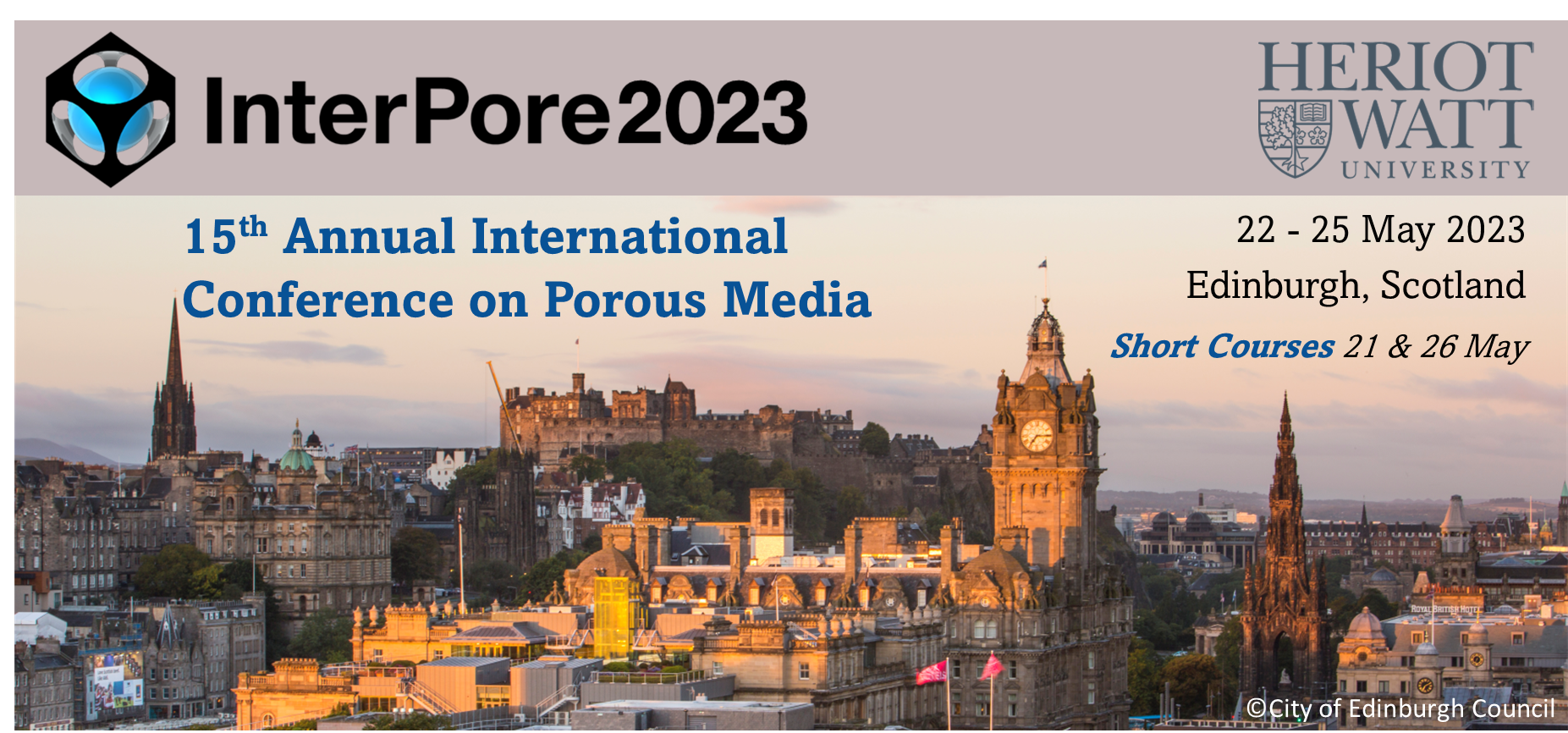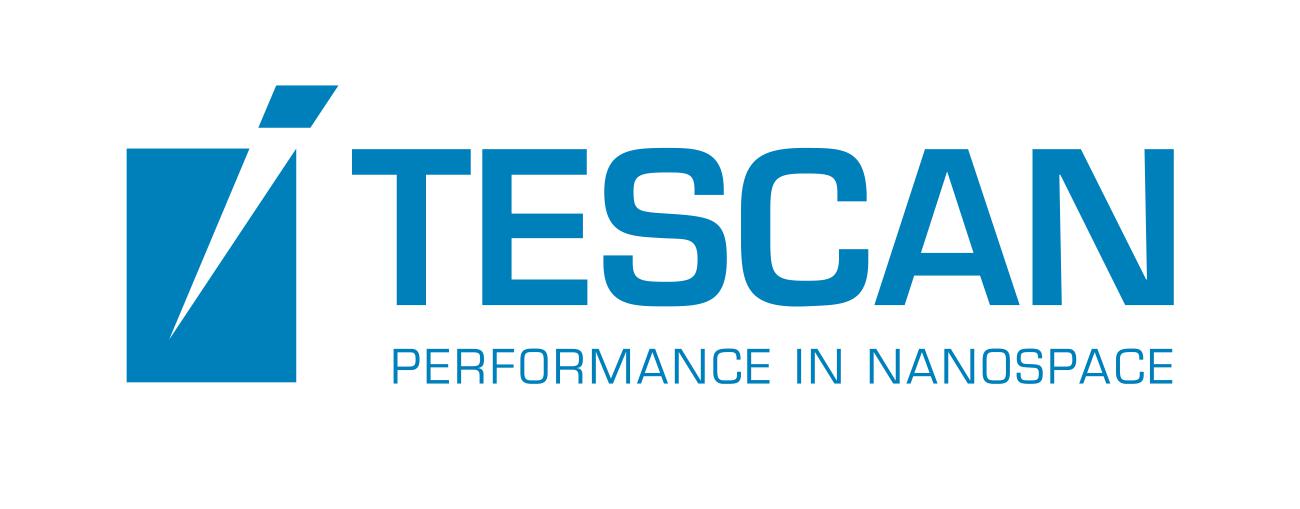Speaker
Description
Carbon Capture, Utilization, and Sequestration (CCUS) technology is recognized as a pivotal solution to reduce carbon emissions to the atmosphere and address the issue of global warming. CO2 injection in coal formations has been commonly applied to enhance methane (CH4) recovery from coalbeds and carbon sequestration in underground formations for environmental purposes. The performance of the CO2 storage and CH4 recovery process is mainly governed by the adsorption potential of CO2 against CH4 on the surface of the coalbeds. Adsorption isotherms can be measured using different experimental techniques such as volumetric and gravimetric; however, such measurements are time-consuming, expensive, and mostly irreproducible. Additionally, mathematical models such as Langmuir and Freundlich can be inaccurate, have no saturation limits, and are subject to the accuracy of the experimental work. Therefore, the present work applied a variety of machine learning (ML) techniques to predict CO2 adsorption in coal formations.
A dataset of 1,065 points was collected for different coal samples at different operating conditions. Different ML tools were applied to these data, including random forests (RF), gradient boost regression (GBR), decision tree regression (DT), and artificial neural network (ANN). The applied ML tools predict CO2 adsorption as a function of coal’s properties, testing pressure, and temperature. The coal composition is based on proximate measurements that define moisture, ash, volatile matter, and fixed carbon content in the coal samples. In addition, the Vitrinite reflectance of the coal samples was used as an indicator for the coal rank. The training-to-testing data set ratio was 70:30. Typically, a set of data hidden from the model was used for the validation purpose of the predictive models.
The ML models could accurately predict CO2 adsorption of various coal properties and at different system operating conditions. The correlation coefficient (R-value) and the AAPE (average absolute percentage error) were used to evaluate the models' performance. Overall, the R-values between actual and estimated from the different ML models were all above 0.98 using training and testing datasets, with AAPE values of 6%, 8%, 12%, and 13% for DT, RF, GBR, and ANN, respectively. Sensitivity analysis depicted a high dependency of the adsorption estimates on volatile matter content, maximum vitrinite reflectance, and operation conditions.
This work demonstrates the capability of sophisticated ML tools to accurately estimate the CO2 adsorption on the surface of coalbeds as a function of coal properties and testing pressure and temperature without the need for experimental measurements or complicated calculations.
| Participation | In-Person |
|---|---|
| Country | Saudi Arabia |
| Energy Transition Focused Abstracts | This abstract is related to Energy Transition |
| MDPI Energies Student Poster Award | Yes, I would like to submit this presentation into the student poster award. |
| Acceptance of the Terms & Conditions | Click here to agree |







